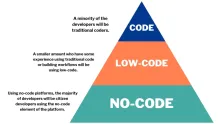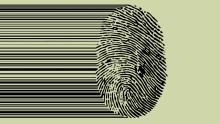Quantum computers are still in their early stages, and the software landscape is rapidly evolving.However, several software platforms and languages are emerging to support quantum computing research and development.
Here are some notable ones:
Qiskit: Developed by IBM, Qiskit is an open-source quantum computing software development framework. It provides tools for working with quantum circuits, simulating quantum algorithms, and running experiments on real IBM quantum devices through the cloud.










